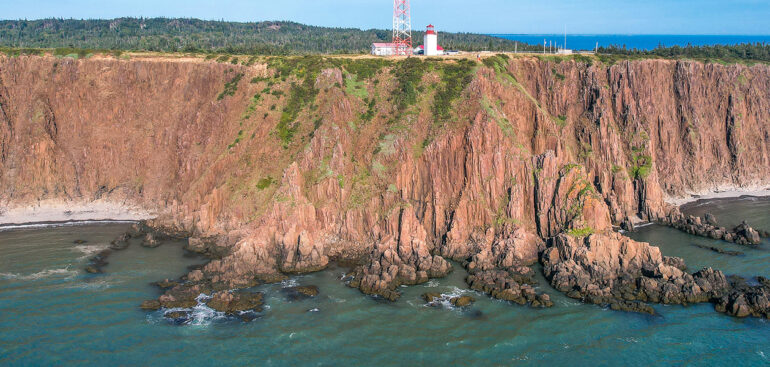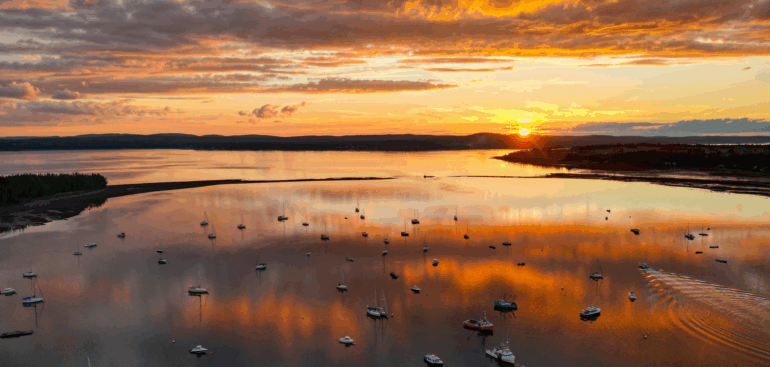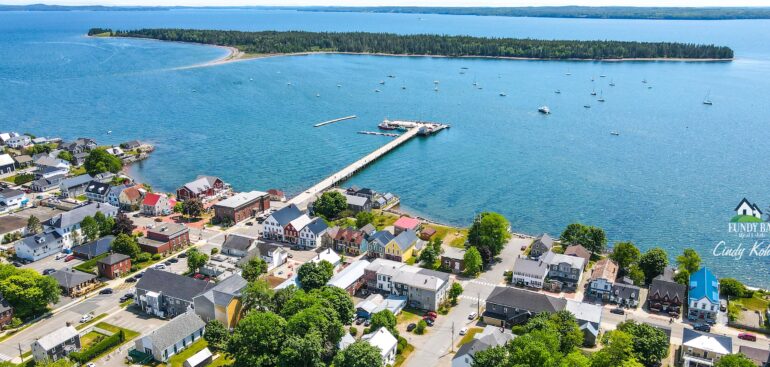Love Tennis? You’ll Fit Right In. 🎾
Welcome to St. Andrews, New Brunswick – where tennis is as friendly as the town itself.
Whether you’re a seasoned player or just getting started, St. Andrews offers a vibrant tennis community ready to welcome you. Nestled behind the town arena on Harriet Street—just across from the back entrance of the historic Algonquin Resort—you’ll find our well-maintained, town-owned tennis courts, open to both residents and visitors.
At the heart of it all is the St. Andrews Community Tennis Association (SACTA). We’re an active and inclusive group that’s always happy to welcome new members of all skill levels—including juniors and families. We host regular club play sessions (mornings and evenings), fun member tournaments, and coaching clinics. In the summer, our junior camps are a great way for kids to learn the game and make friends.
Need a little help getting started or looking to improve your game? Tennis Canada-certified coaches offer lessons right here on the courts—contact info is posted on the notice board when you arrive.
Just visiting? You’re welcome too!
Visitors can use Courts 1 and 2 by signing up on the sheet posted at the court entrance. Courts 3 and 4 are reserved for SACTA members, but if they’re free, feel free to play—just know that members have priority.
Want to meet some locals and enjoy a friendly match? Join us for our free Social Tennis Night every Tuesday at 6 PM. No registration or fee required—just show up with your racquet and a smile!
If you’re thinking about moving to St. Andrews or are new in town, we’d love to meet you. Reach out to SACTA anytime or swing by the courts—tennis is a great way to get active and feel at home in your new community.
Contact: Mary Wobma 506-529-4442
Facebook: https://www.facebook.com/profile.php?id=100063480166024










